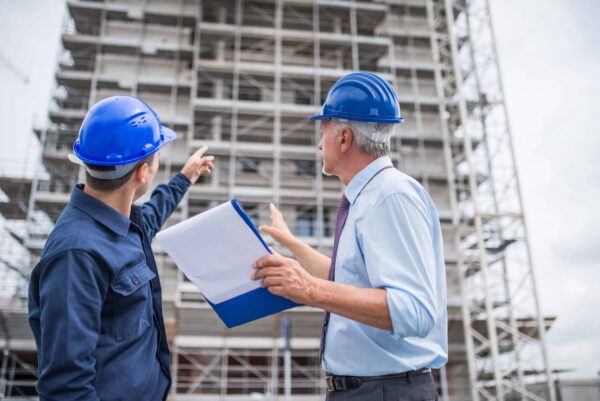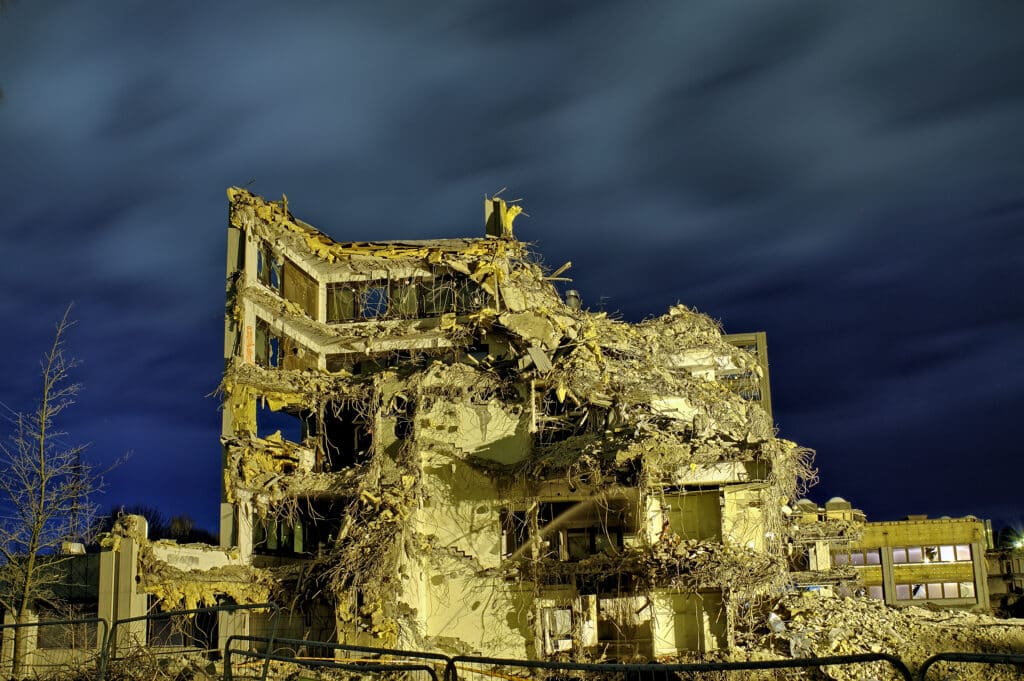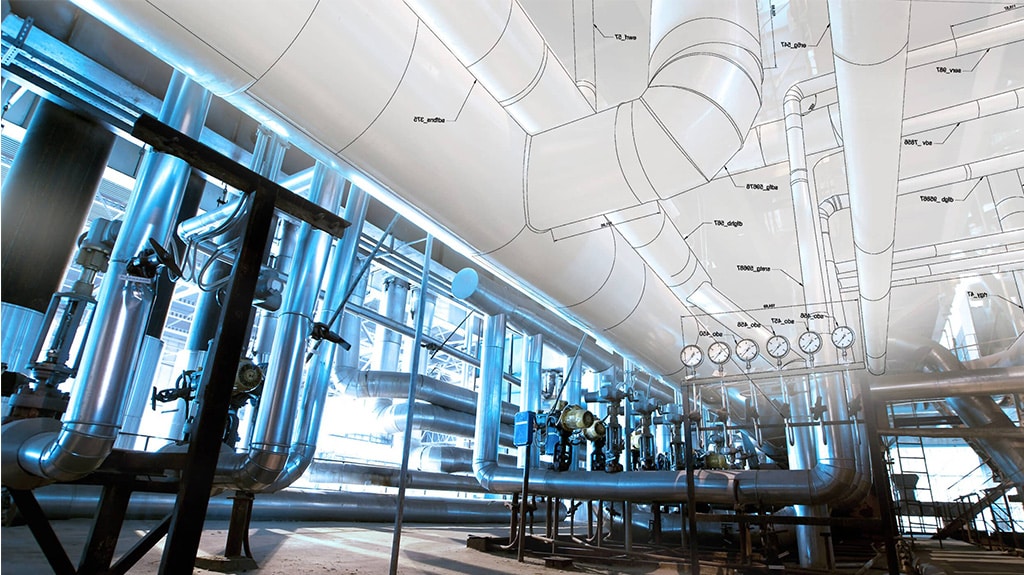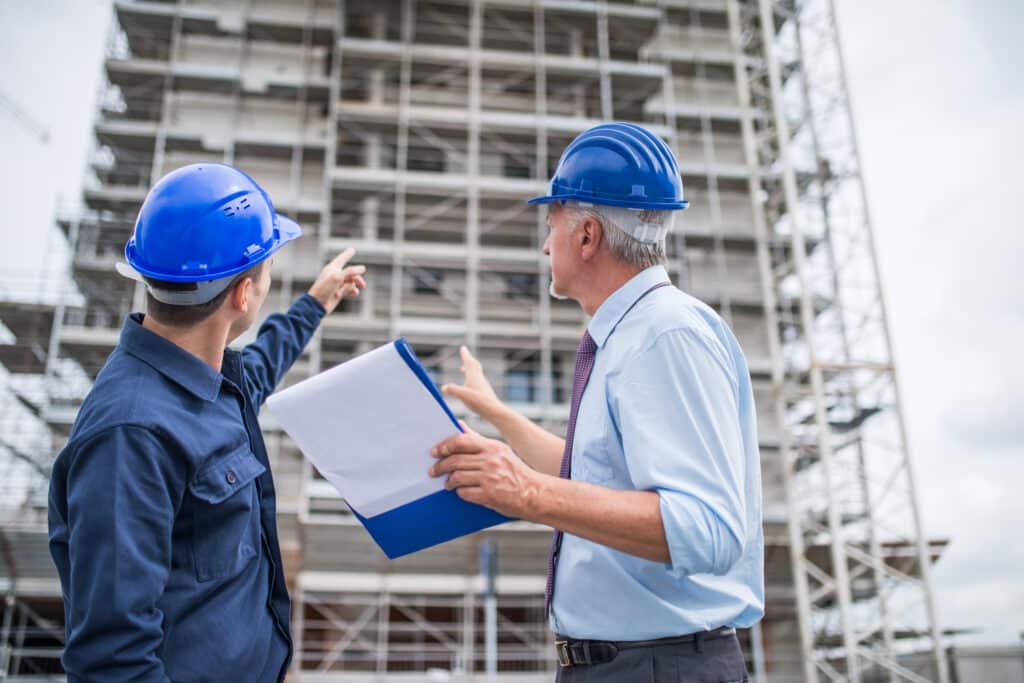While no one can predict exactly when the next earthquake will strike, taking measures to protect buildings with seismic bracing is always beneficial. It’s far more economical to mitigate damage than try to repair it after an earthquake. However, the financial impact of meeting seismic requirements often isn’t realized until after project budgets have been set and contractors are doing the work. Many teams are caught by surprise by new variables and their associated cost implications.
VIE empowers clients to achieve cutting-edge bracing solutions while also reducing seismic bracing costs through innovative techniques. Our code-compliant designs provide clients with the least cost, most technically effective bracing that improve the safety of structures, reduce seismic damage, and limit downtime following a seismic event.
Factors Involved In Seismic Bracing Costs
There are many factors involved in seismic bracing costs. Some of which are as follows:

- Seismic bracing must meet code requirements. Code requirements vary from the state level to more stringent county levels. Code regulations safeguard life safety. Changes and adoptions of code and their related cost implications can catch project teams by surprise.
- Concrete anchor attachment values have been reduced per the ASCE 7-16.
- Seismic bracing can be reduced or eliminated through in-depth understanding of requirements and effective design. Seismic code allows for exclusion of items if suspended tightly to the structure.
- Labor significantly impacts seismic bracing costs. Cheaper quotes do not always equal less expensive solutions. The more brace locations there are, the more labor is required to install the braces.
A Very Important Difference Between Higher And Lower Costs
Labor costs are a significant part of seismic bracing costs. When bidding on a project, there can be drastic differences between quotes. While companies may opt for (apparently) cheaper quotes in an effort to reduce seismic bracing costs, this is not always a less expensive solution. This is because the number of brace locations can drive up labor costs.
More Locations = Higher Costs
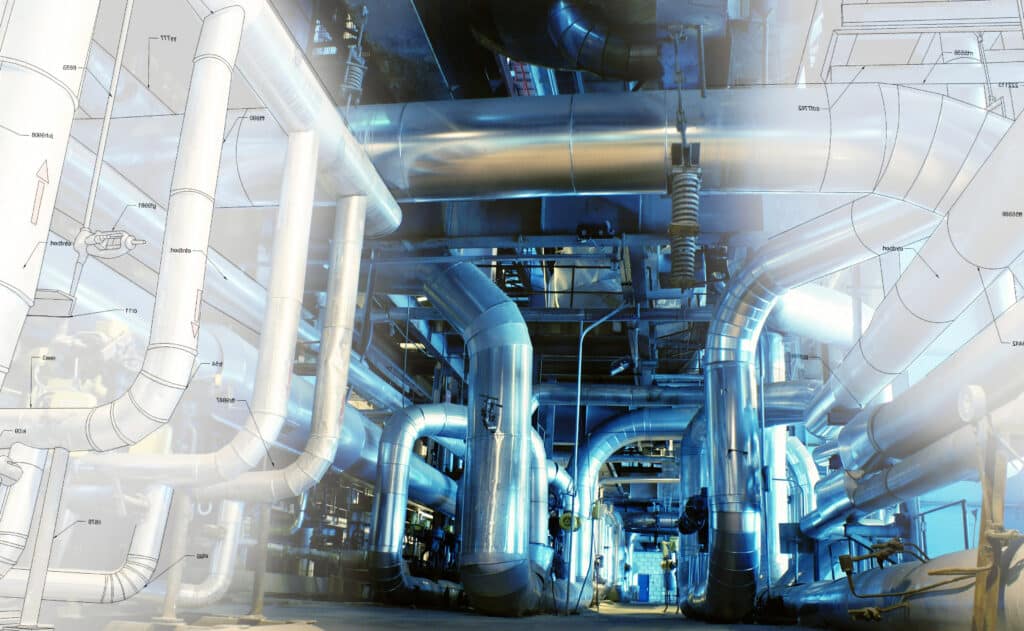
To reduce seismic bracing costs, look to a reduction in bracing locations. VIE reduces the total number of brace installation through using actual loads, rather than conservative, upper-bound loads. Our use of advanced procedures can significantly reduce the load percentage.
For example, VIE’s designs show specific brace locations, rather than conservative designs that just call out very conservative bracing spacings. For most projects, VIE’s approach reduces the number of braces required by 30% or more than commonly used simplified methods. VIE’s engineers utilize more sophisticated analysis, such as to avoid bracing every tier of multi-tier trapezes. The use of specific brace locations reduces the total number of braces, which ergo reduces your seismic bracing costs.
Avoid Over-Engineering And Increasing Project Costs
Meeting seismic requirements is more than simply meeting building code. Overly conservative designs meant just to meet code and that lack an in-depth understanding of code and its requirements can drive up project costs. While over-engineering may seem like the safe option, it is unnecessary and expensive.
Working with engineering firms that understand code requirements and what is and isn’t necessary increases the preparedness of your structure for seismic events while also providing you with enhanced value. Effective seismic design necessitates practical understanding of seismicity and how structural and non-structural components respond. Such designs specify exactly where braces need to go, which prevents unnecessary bracing, and thus, prevents higher costs.
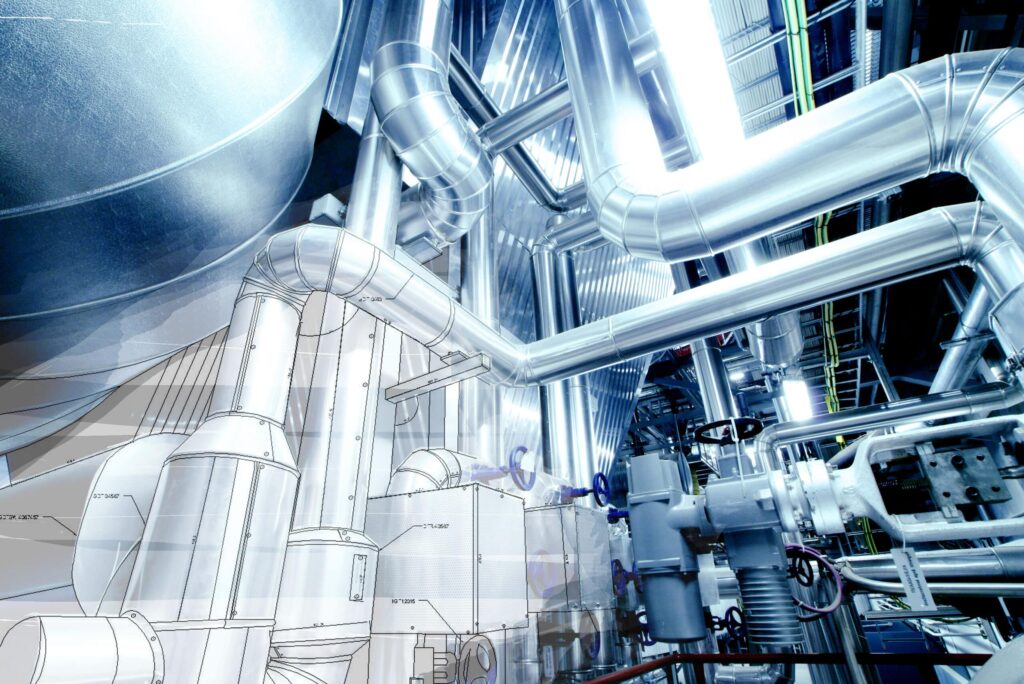
Sophisticated Analysis And More Advanced Procedures To Reduce Seismic Bracing Costs
VIE Engineers compute actual loads and take into account dynamic properties of non-structural systems. This typically results in a reduction of 30% or more in brace locations in comparison to conservative designs. This reduces the overall cost of the project by reducing the amount of braces required, and more significantly, by reducing contractor labor costs required for brace installation.
Our project-specific designs provide significantly enhanced value compared to the use of static design methods. Beyond the design itself, we understand design reviews may be needed. Our engineers provide field support throughout projects, including training contractors in brace installation at no additional cost. We eliminate confusion by specifying precisely which brace types are needed.
We work with Connectors for Construction to provide seismic bracing kits, and specifically size and label them for specific locations on our drawings. Through working with professional engineers who understand project-specifics and actual load levels, you can reduce seismic bracing costs while ensuring your structure is as safe as possible.
Contact VIE Engineers for more information about our seismic engineering services and the projects we’ve completed.

